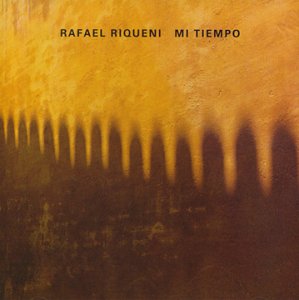Flamenco guitar albums you have to hear - honourable mentions
Really these albums are as good as the ten already listed, they only just got edged out. Again I’m limiting things to one album per artist, and I’m not including any artists already listed in the top 10.
Antonio Rey - Colores de Fuego

Possibly the most important up and coming player today, with an unbelievable technique and amazing compositions.
Pepe Habichuela - A Mandeli

An outstanding album from undoubtably the most important player of the Granada school, Pepe Habichuela.
Jeronimo Maya (self titled)
:format(jpeg):mode_rgb():quality(40)/discogs-images/R-4771656-1375017479-2502.jpeg.jpg)
Jeronimo was a child prodigy and performed for Spanish TV several times through his childhood - some of the clips look like he is about 8 and already a virtuoso. He is one of Madrid’s Caño Roto scene (Caño Roto is a barrio of Madrid where lots of guitarists live, thus it has become synonymous with the style of flamenco played there). His self titled is debut amazing and unfortunately hard to get hold of. His more recent ‘Como Soy’ is also really good.
There’s nothing on youtube from this album, but here’s a recent clip of him tearing up the fretboard:
Parrilla de Jerez - Guitarra Flamenca

A great example of pure traditional Jerez playing. He recorded 4 solo albums, 2 vinyl and 2 on CD, all of them very hard to get in their original formats (it’s taken me years of active searching to find them all). His playing can also be heard on many albums of singer ‘La Paquera’.
Manuel Parrilla - Pa Mi Gente

Nephew of Parrilla de Jerez, his playing is a more modern take on his uncle’s style, with an influence from Madrid’s Caño Roto school.
All the tracks from the album are on youtube, but here I’ve posted a clip of him absolutely destroying it live:
Manuel Valencia - Entre Mis Manos

A recent recording from a young Jerez player, nephew of the legendary singer ‘Terremoto’. The Jerez school is in safe hands with dudes like this around.
Again I’ve decided to post a live clip because he absolutely kills it here:












:format(jpeg):mode_rgb():quality(40)/discogs-images/R-4771656-1375017479-2502.jpeg.jpg)



 Linear Mode
Linear Mode
